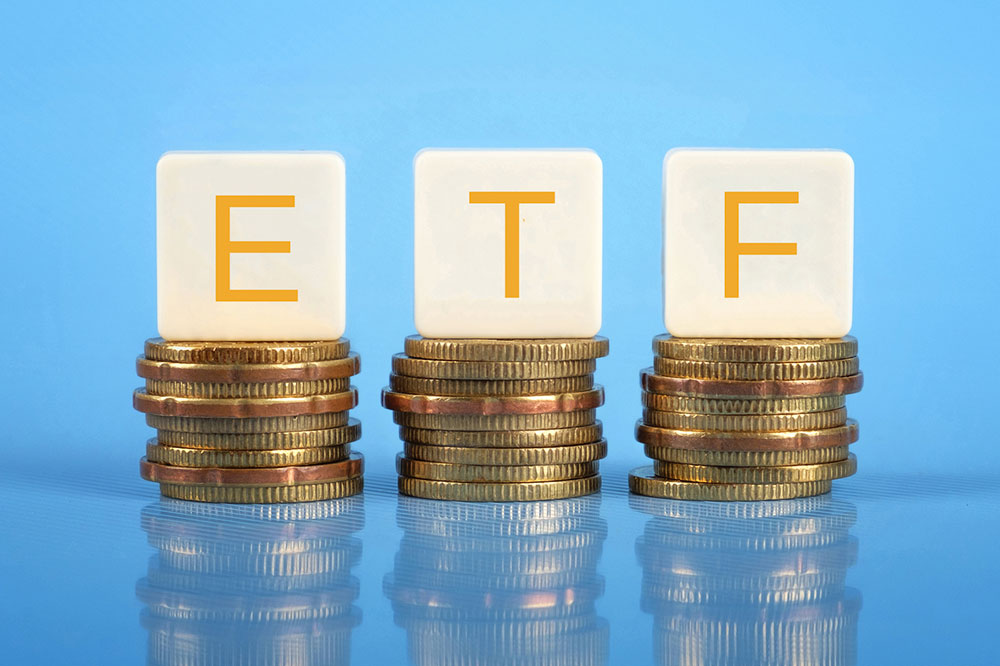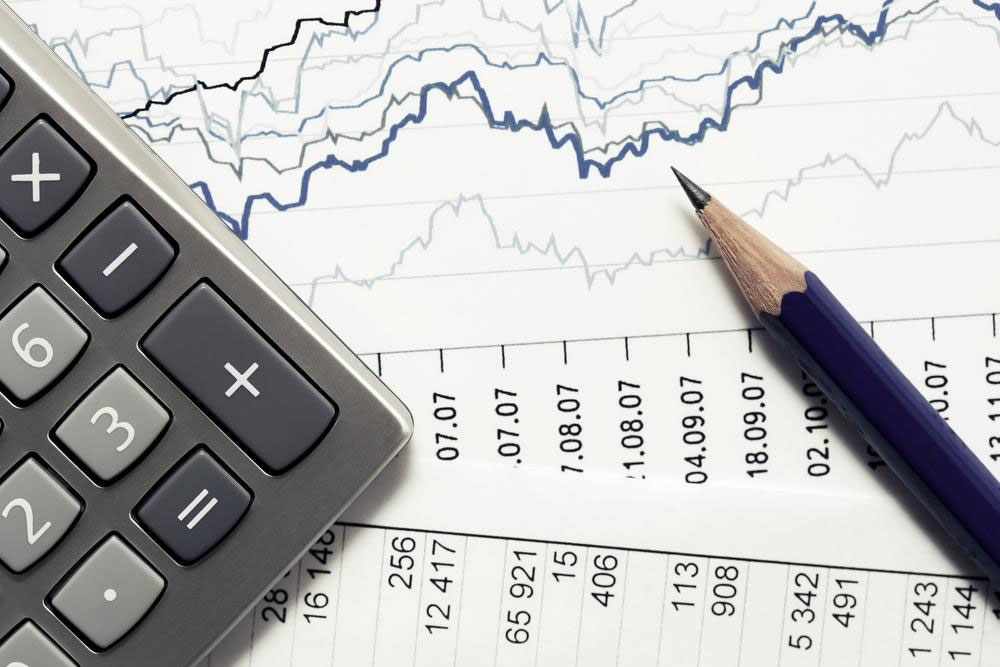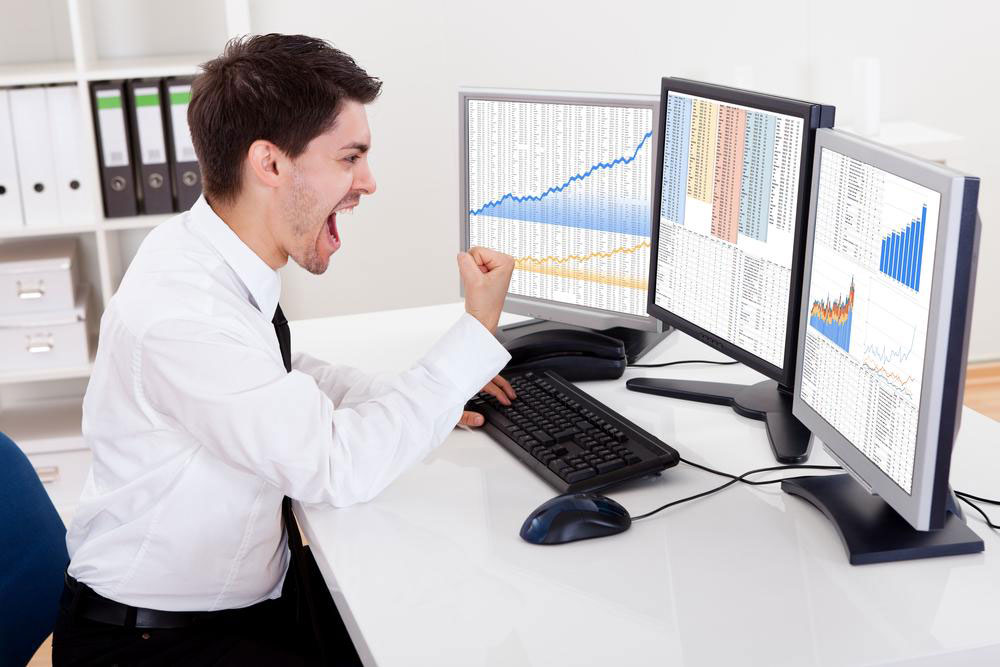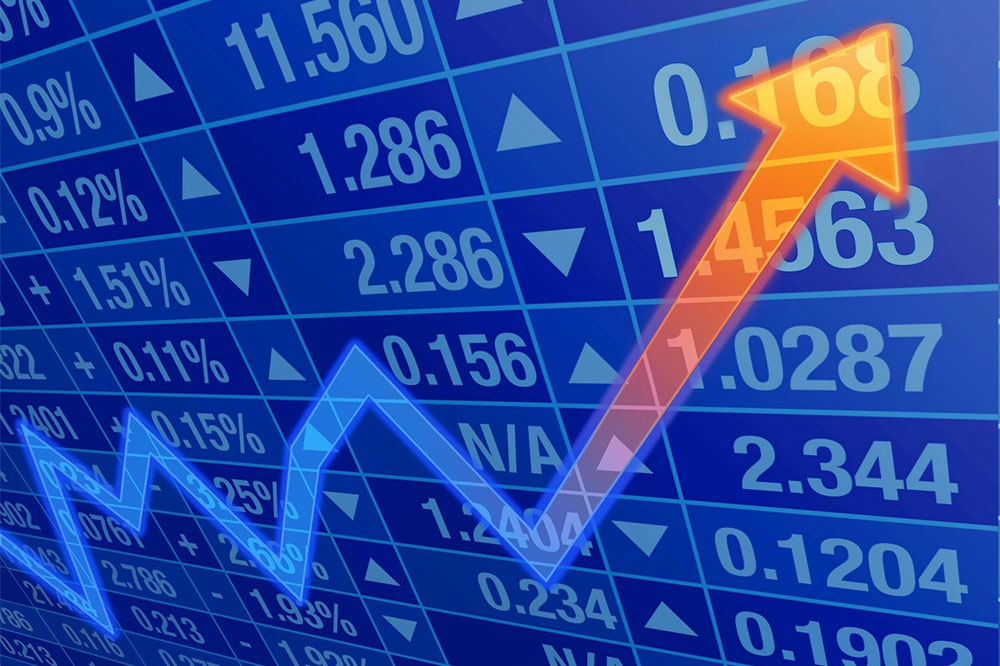Essential Guide to Commodity and Futures Market Trading
This comprehensive guide explains commodities and futures trading, covering types, market dynamics, trading platforms, and strategies. It emphasizes risk awareness and diversification for investors interested in entering this volatile market, offering practical advice and insights to help navigate global raw materials markets effectively.
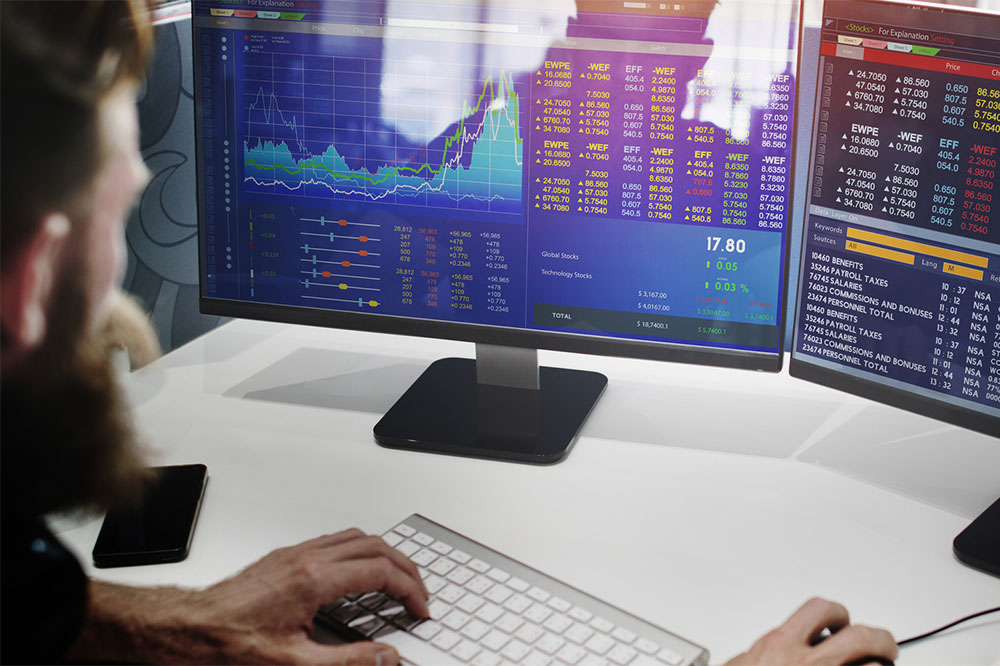
Essential Guide to Commodity and Futures Market Trading
Commodities are fundamental to our everyday lives, including items like gold, oil, natural gas, and crops. They are standardized goods that can be exchanged on the market. The global economy relies heavily on raw materials like crude oil, precious metals, and iron ore. Prices are often set through "futures contracts," which are agreements between buyers and sellers to trade at a set future date and price.
Categories of commodities
There are four primary classifications:
Metals
Includes precious metals such as gold, silver, platinum, and palladium, as well as industrial metals like copper, zinc, tin, aluminum, and iron ore.
Energy
Encompasses coal, natural gas, ethanol, oil, and uranium. It also extends to renewable sources like solar and wind energy.
Livestock
Includes live animals such as cattle and other farm animals.
Agricultural Products
Covers both edible items like wheat, sugar, cocoa, and grains, and non-edible goods such as rubber, cotton, and palm oil.
Market Volatility
The commodities market is highly volatile, unlike the stock market. Prices can fluctuate rapidly due to geopolitical issues, economic changes, and global events. Experienced traders must navigate these fluctuations carefully.
It is influenced by various factors including geopolitical tensions, stock market movements, and macroeconomic trends.
Major Trading Platform
The Chicago Mercantile Exchange is the largest venue for commodity and futures trading. About 80% of trade occurs online, with the remaining through open outcry based on price calls, orders, and quantities.
Dollar Influence
Since commodities are often traded in dollars globally, fluctuations in the dollar’s value significantly impact prices and trading decisions.
Market Liquidity
Liquidity varies by commodity: non-agricultural commodities such as gold and silver typically have high liquidity, while agricultural commodities like soybeans and mustard also see active participation.
Margin Requirements
Margins can range from 5-10%, especially in volatile markets. Non-agricultural commodities tend to have higher margin requirements during turbulent periods.
Trading Futures
Commodity futures involve agreements to buy or sell at an agreed-upon future price. A broker account is necessary to participate in this type of trading.
Portfolio diversification
Investing in commodities often inversely correlates with stocks, offering diversification. Methods include digital gold and other alternative investments to balance your portfolio.
Trading Hours
Extended hours allow trading outside regular sessions, providing greater flexibility and faster response to global news. However, prices during extended sessions may not always reflect the best market rates.
Should You Invest?
Investing in commodities requires understanding price charts and market fundamentals. It involves high risk and is suitable for those with a strong risk tolerance. Consider allocating only a portion of your portfolio and consult financial advisors for guidance.
Gaining thorough market knowledge and proper planning is essential for success in commodities trading. Diversification and expert advice can maximize your investment potential.
Disclaimer: The information provided is based on research and expert insights. Market conditions change, so consult a financial professional before making investment decisions. We are not responsible for inaccuracies or individual opinions expressed.

